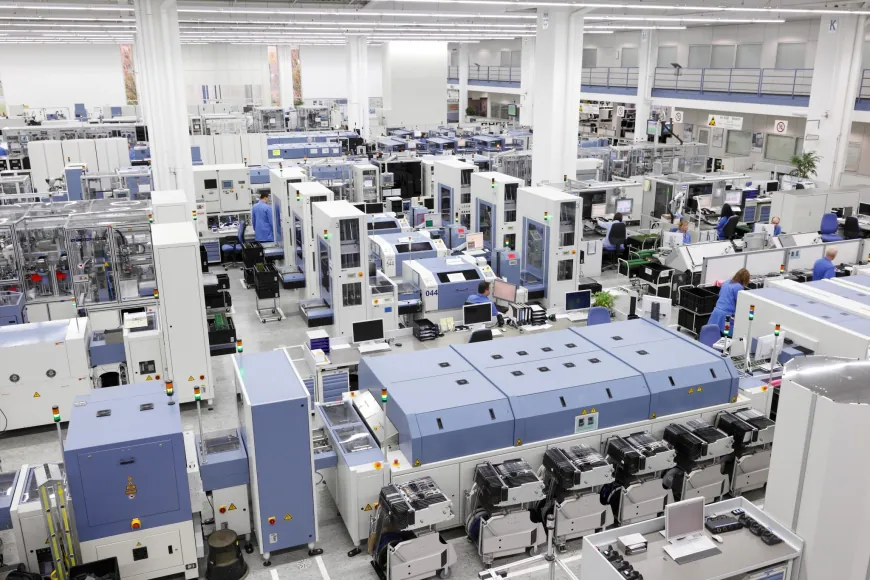The Rise of Sustainable Electronics Manufacturing Market is in Trends by Reducing Carbon Footprint
Sustainable Electronics Manufacturing Market

The sustainable electronics manufacturing market aims to produce electronics in an eco-friendly manner by minimizing waste and using renewable resources. Sustainable electronics incorporate the principles of reduce, reuse and recycle throughout the product lifecycle from design to disposal. They utilize greener materials and production processes to lessen the environmental impact. Manufacturers are now adopting renewable energy sources, closed-loop recycling systems, and cleaner manufacturing techniques to lower their carbon footprint.
The Global Sustainable Electronics Manufacturing Market is estimated to be valued at US$ 125 Billion in 2024 and is expected to exhibit a CAGR of 5.0% over the forecast period 2024-2031.
Key Takeaways
The Sustainable Electronics Manufacturing Companies are Apple, Samsung Electronics, Sony, Intel, and HP Inc. They are investing heavily in renewable energy infrastructure and clean manufacturing facilities to align with sustainability goals.
The growing environmental concerns among consumers and stringent regulations regarding e-waste management are fueling the demand for greener electronics. Major brands are responding to this shift by designing products with reduced material footprint and optimized recyclability.
The adoption of sustainability practices is also allowing electronics companies to expand into global markets and align supply chains with international standards. Countries like China, India, and Mexico are attracting investments due to the availability of renewable resources and cheap labor for sustainable production.
Market Key Trends
One of the Sustainable Electronics Manufacturing Market Share is the rise of circular economy practices. Companies are implementing new approaches like product as a service, refurbishment programs, and complete end-of-life recovery to create closed-loop recycling systems. Backed by advanced technologies like AI and IoT, these closed-loop systems aim to recover over 95% of materials from old devices to create truly sustainable product lifecycles.
Porter's Analysis
Threat of new entrants: Low capital required to enter the market but high technological barrier makes the threat low.
Bargaining power of buyers: Large customers have stronger bargaining power due to their demand volume.
Bargaining power of suppliers: Few players dominate supplying components making bargaining power higher for suppliers.
Threat of new substitutes: Emerging next-gen electronics with advanced sustainability features can replace existing products.
Competitive rivalry: Intense competition exists between global leaders in terms of pricing and innovation.
The geographical region where the market is currently concentrated in terms of value is North America. Countries like the United States and Canada have stringent regulations regarding electronics sustainability and reuse which is driving major players to adopt sustainable manufacturing practices in the region.
The Asia Pacific region is expected to witness the fastest growth for sustainable electronics manufacturing market during the forecast period. Developing economies like China, India, and South Korea are focusing more on the ecological impact of electronics production. Meanwhile, developed nations such as Japan already have mechanisms established to enhance sustainability in the supply chain and operations of electronics industry. This makes Asia Pacific an attractive market for sustainable electronics businesses globally.
For Deeper Insights, Find the Report in the Language that You want.
About Author:
Ravina Pandya, Content Writer, has a strong foothold in the market research industry. She specializes in writing well-researched articles from different industries, including food and beverages, information and technology, healthcare, chemical and materials, etc. (https://www.linkedin.com/in/ravina-pandya-1a3984191)












